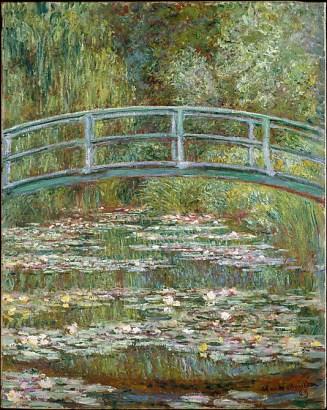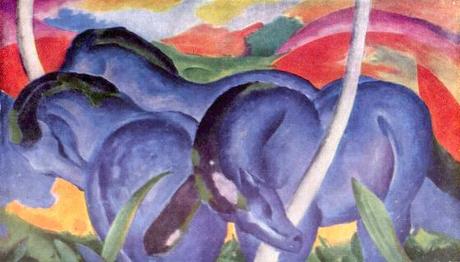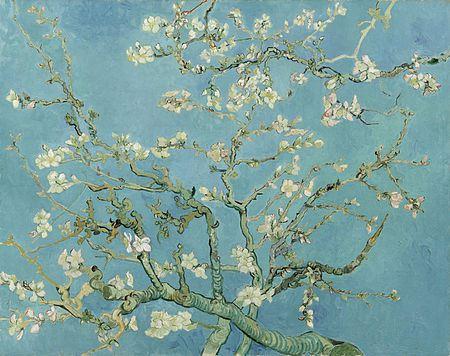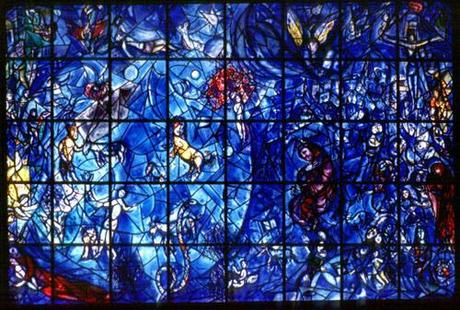 Bridge over a Pond of Water Lilies by Claude Monet MetMuseum
Bridge over a Pond of Water Lilies by Claude Monet MetMuseum
Imagine that you would design an art museum, how would you hang the paintings? And what would you write on the notes that are placed beside the artworks?
The concept “Thinkbility” refers to a biological approach to thinking, where it is assumed that thinking takes place in an environment and the characteristics of the environment influences the end results. Thus, the way a museum arranges its objects influence the way we experience and think about the artworks that are displayed.
Does Monet’s painting above makes you think of hope?
The philosopher Alain de Botton and art historian John Armstrong, explores the idea of art as therapy. They recognize that the way museums are arranging artworks is only providing us with a historical sense of how art and ideas related to art changes throughout history. Yet a chronological arrangement is dull and we may benefit from notes that encourages us to look at certain aspects, rather than the usual notes with their dates and movements and tiny fragments of art history.
Art can be defined in many ways. Friedrich Nietzsche said, “We have our Arts so we won’t die of Truth.”
And this is Maria Pokova’s definition.
“This is the power of art: The power to transcend our own self-interest, our solipsistic zoom-lens on life, and relate to the world and each other with more integrity, more curiosity, more wholeheartedness.”
Today, there is a disconnection between art and life, and de Botton and Armstrong try to reduce this gap. Many artists are trying to do this with their artworks, so this idea in itself is not unique. The book Art as Therapy reframes and recontexualise art works. And it opens up our minds to new possibilities and in that sense it is an innovative approach. Museums are looking for ways to attract people and to make the experience more interactive. Many people may leave a museum uninspired by the notes below and simply knowing that a painting is famous is simply not enough to tempt a person to look at the artwork and more importantly to come back to look at another exhibition.We may not visit a museum to improve upon our characters like we visit a gym to improve upon our health. but a museum should encourage us to notice and explore different aspects. It should fill our lives and refresh our minds.
The Rijksmuseum in Amsterdam allowed de Botton to rearrange the way the artworks were displayed. This rehanging of art works has both been welcomed and criticised. Is it the messages on the Post-it notes that are upsetting people? Or is it the idea that art can be something else?
“When I read through Art as Therapy, paintings that I had long admired suddenly became new when seen through the filter of self-awareness and exploration. Really, a gem of a book.” Gwyneth Paltrow, goop.com
We are so used to Museum arranging artworks in a certain way that any changes to this is regarded as an unnecessary innovation. Yet artworks can be arranged like books in a bookshelves according to their colours. All the painting classified in the white group could be in one room, then the blue paintings in another.




In what ways would this arrangement encourage us to look at the paintings in a different way? Colours affects our moods, yet, the moods that you get by looking at the predominately four blue paintings above are completely different, at least to me. The warm smell of soup makes me feel comfortable, while the blue horses makes me feel energised. Maybe museums could be arranged according to the smells or movements that they communicate?
A book cannot teach you how to live your life, it can only provide insights into how other people solve certain problems. In a similar way, maybe art cannot heal or tell us how to live but it can provide insights into both our own lives and others.
Some art may be more like shock therapy than self-help. But often a lateral jump does not hurt. We often embrace music and poetry and look for ways that they can find a place in our hearts. Can visual art offer hope and comfort as music can? We have playlists of music, but seldom play-lists of artworks. What painting do you like to look at to make you feel curious and innovative. I need to start searching myself. . . de Botton and Armstrong suggests that Leonardo da Vinci’s studies of a baby growing in its mother’s womb celebrate curiosity. . . what paintings would you add to the list?
